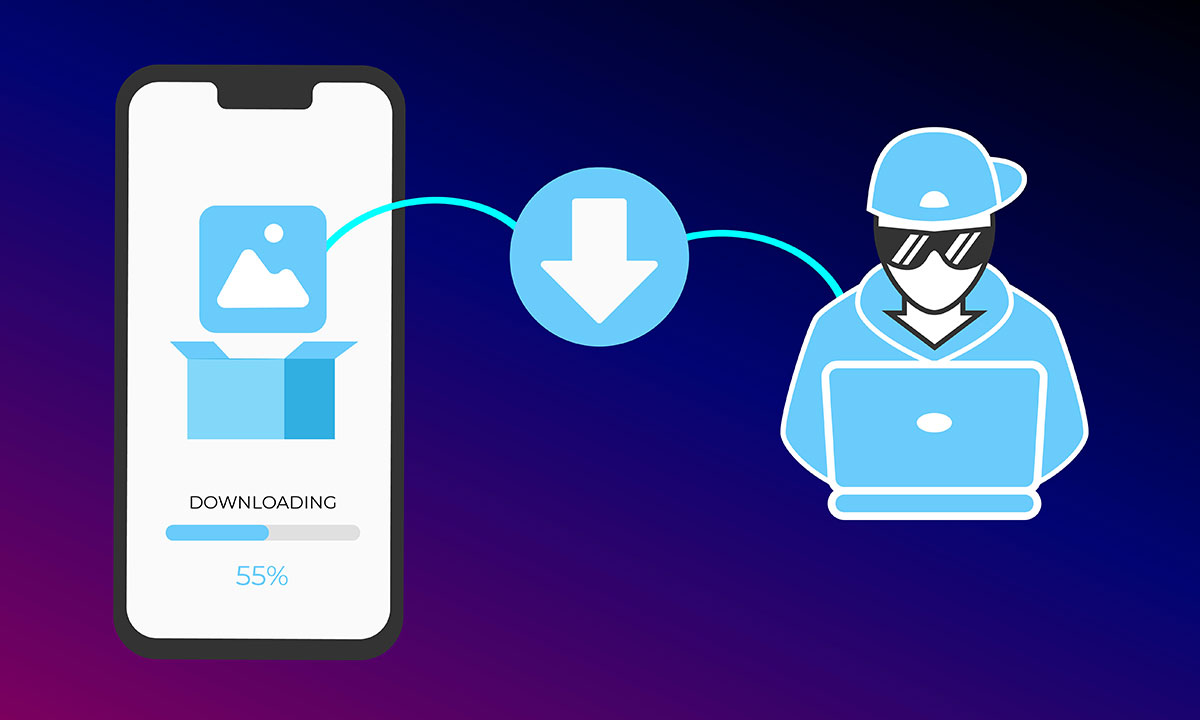While this is a great opportunity for people to flex their creative muscles, it’s resulted in an overabundance of online images utilized for commercial purposes. Sometimes through the correct channels, but often without authorization.
For photographers or designers earning a living from their work, the misuse of images is a major issue. It’s important to know which images are licensed for use, and how to go about navigating copyright laws. That’s why we’ve delved into the subject of your digital footprint and protecting images online.
When uploading photos on your company website while your website design & development, you need to ask whether you have the authority to post them. Are you the photographer? Who is in the photo? Where was the photo taken? You might assume that if you’ve taken a photograph, you’re entitled to post it anywhere. You’d be wrong.
When using a photo to sell or promote a product, there are strict laws in place. If you wish to use a photograph that shows people’s faces, you need a signed model release form from every individual identifiable in the image. By using people’s likeness to advertise a product, you’re implying that person endorses or promotes your brand by doing the best branding design.
You need their approval to do this. In contrast, if you’re taking photos from a purely artistic point of view and someone happens to be in the frame, you don’t need a release form. It’s an artist’s right to publish their work, even if it’s created for profit.
By selling artwork, you’re not promoting a product, nor are you saying that the people in your image are endorsing anything in particular.

Almost every business website makes use of graphics in one way or another. If you have a designer who supplies you with custom graphics, or if you produce your own, it’s easy to use them without worrying about legalities. You know they’re yours.
However, issues arise if people download these graphics for their use, in ads, marketing material, or in other commercial-related endeavors. Not only does this associate you with a brand or personality you may not know or endorse, but they may also make money off your work too.
The unauthorized use of graphics that are custom designed or unique to your brand is unlawful, and you can ask the user to remove them. If this doesn’t work, you’ll need to seek legal counsel.
When you see an image online that you wish to download, the most straightforward way to do so is by right-clicking on the picture and choosing “save image”. Unless your website has measures in place to prevent this, absolutely anyone can download your images.
They will only be held accountable if someone catches them using those images without authorization. There are various ways of preventing this type of image theft. The simplest is by disabling the right-click functionality on your site. If someone has more experience than the average internet user, however, it’s easy to circumvent this obstacle.
Alternatively, you can load low-resolution copies of your work online. This makes copying your images pointless, as they’ll pixelate badly when resized.
You can register for a copyright, which will categorically prevent people from using your images for their purposes. This isn’t the same as putting a note on your page that you own the copyright. Copywriting your images requires registering them with the U.S Copyright Office.
Although any image you take is technically already covered by copyright law, officially registering it carries extra weight. If you have an image that’s valuable or generates a large amount of income, it’s suggested you complete the registration process. The same goes for a graphic that’s a hallmark of your brand.
This way, if legal proceedings come about because of misuse, you have additional proof that the image is 100% yours. You can also superimpose watermarks on graphics or photographs, making them almost impossible to use without significant effort.
This isn't ideal for graphics that form part of your logo or similar brand-specific design but is great for protecting photographs. These marks ensure that even if someone copies your photo, it’s clear who it belongs to.

Even if people can download images from your company website, online portfolio, or digital promotional material like banner design, you’re within your rights to sue them if they steal your work. However, the effort this entails may make it an unattractive route.
Unless you’re facing a major issue caused by the theft. When weighing up the course of action to take, consider the fact that your images are a large component of your digital footprint. If they’re used in a different context, for example, advertising design for alcohol or in conjunction with a controversial opinion piece, the trail leads straight back to you and your business.
One way of checking for this is to do reverse image searches in Google. This shows you what images are in use online, and where. If you find one of your images online, you can ask the site administrator or company that’s using the image to remove it. If nothing comes of this, issuing a cease-and-desist letter is the next step. Thereafter, you’ll have to file a suit against them.
If you need free images for online use, there are a couple of options without significant strings attached. Images in the public domain and those licensed by creative commons are both reliable, legal options. While traditional stock photographs are available for purchase, images in the public domain or under creative commons license are available for free.
With some Creative commons images, it’s compulsory to link back to the original creator, but that’s a small price to pay if you want to minimize costs. To ensure you don’t fall foul of the law, educate yourself on the different free-to-use options. If in doubt, rather find another workable image.
As time goes on, it becomes increasingly important to remain abreast of rules and regulations as they apply to your online presence. While individuals might rarely face problems if they use an image without a license, businesses can suffer severe damage if they bypass copyright laws, or aren’t thorough about what content they publish.
With your professional online presence, you are adding both to your company’s digital footprint as well as your own. It’s best to tread carefully.